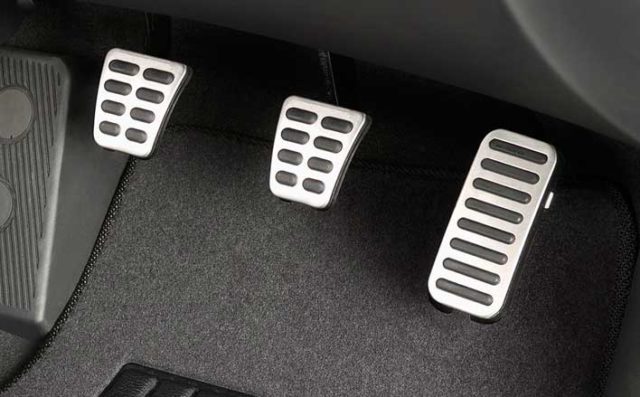Most of the vehicles sold in India have manual transmission. The most important part of the manual transmission is the clutch. A clutch is the connection that transfers power from the transmission to the drivetrain that in turn moves the wheels. Certain driving habits can deteriorate the clutch much earlier than its potential life. If the clutch plate is not operating at its optimum, it can lead to lesser fuel economy, slower acceleration and sluggish drive. We bring you a few points that will ensure that the life of your car’s clutch lives the maximum time.

Slipping the clutch
While driving many of us do not release the clutch completely, causing the clutch to be half engaged. If the clutch remains half engaged, the engine rpm rises quickly, but the energy is not transferred to the wheels. This is because of the clutch slipping and losing power.
You should find a sweet spot on the position of the clutch pedal that will give you fully engaged clutch without a jerk. A half engaged clutch gives you an illusion of going faster due to higher engine revs, but in the real world, the car goes much slower.
Resting your foot on the clutch pedal
Many manual cars do not have a dead pedal, and the driver develops a tendency to rest the left foot on the clutch itself. Any slight pressure on the clutch pedal can keep it engaged, and it can cause continuous wear and tear. Diesel engines have a slightly heavier clutch that prevents it from happening outrightly but petrol powered cars have a very light clutch and even slightest of touch can keep the clutch engaged and cause it to wear and tear quickly.
Using only clutch pedal in traffic
Keeping your clutch pedal depressed during the traffic signals can shorten the life of the clutch. Keeping the pedal depressed keeps the clutch partially engaged, which in turn causes minor wear. Also holding the lever can damage the ball bearings in the clutch set-up and quickly wear out the things. Whenever the stopping time is more than 20 seconds, it is a better idea to put the car in neutral and release the clutch pedal completely.
Release the pedal too soon
Releasing the clutch too soon can cause harsh judders to the vehicle. The engine flywheel that is connected through the clutch cannot grip the clutch gear if the clutch is released abruptly. Always make sure that you release the clutch pedal in a smooth and slow motion. Practice it a few times, but you should know where the biting point of the clutch is and use that particular point to release the clutch completely whenever you’re starting from a standstill.
Using clutch to balance on an incline
Many people modulate the clutch pedal to stay stationary on an incline. This unnecessarily grinds the clutch plates and overheats the whole system. Never use the clutch to balance the vehicle on an incline. Use the handbrake when you want to stay stationary on an incline. Using the only clutch will shorten the life drastically.






























